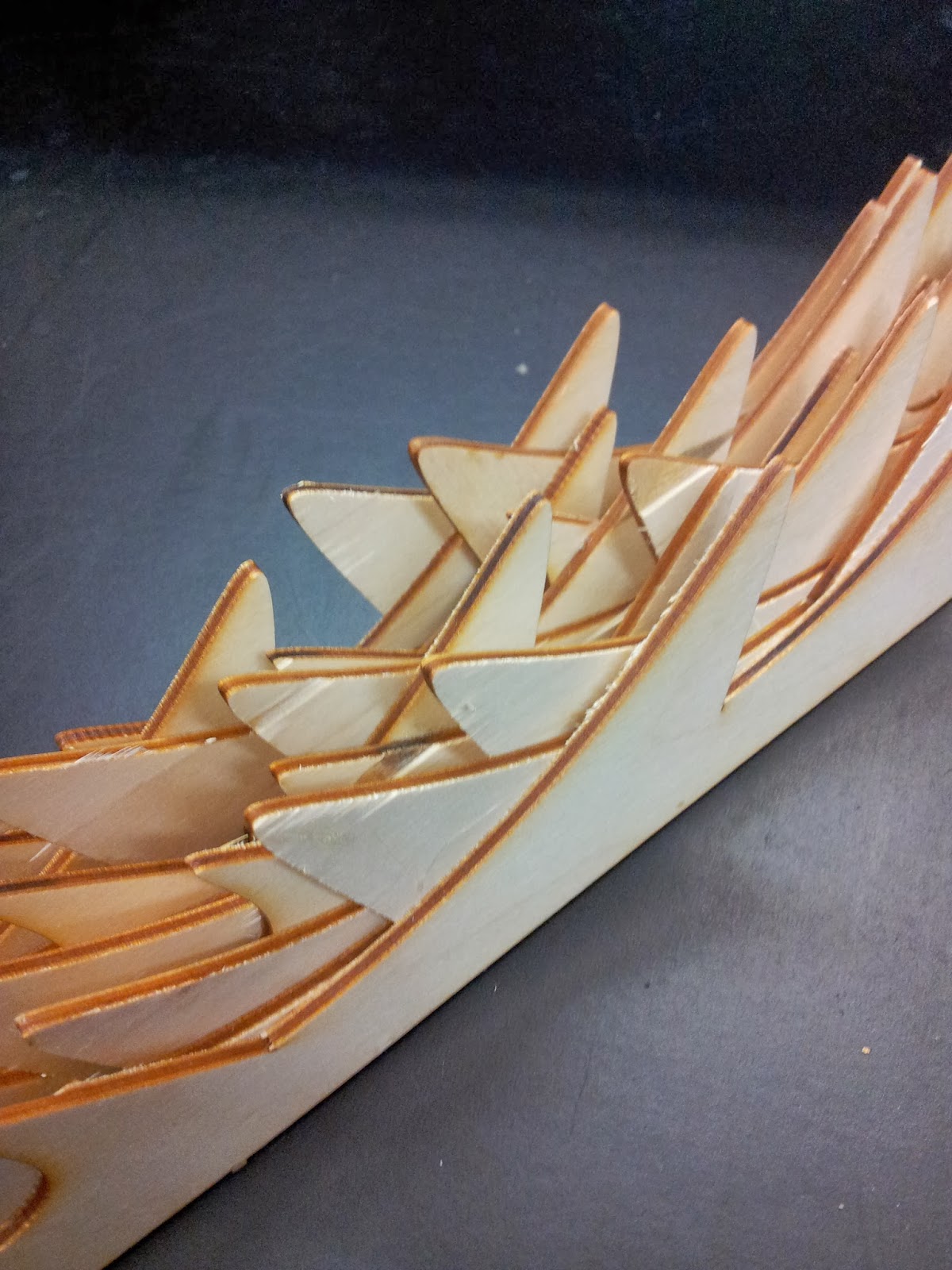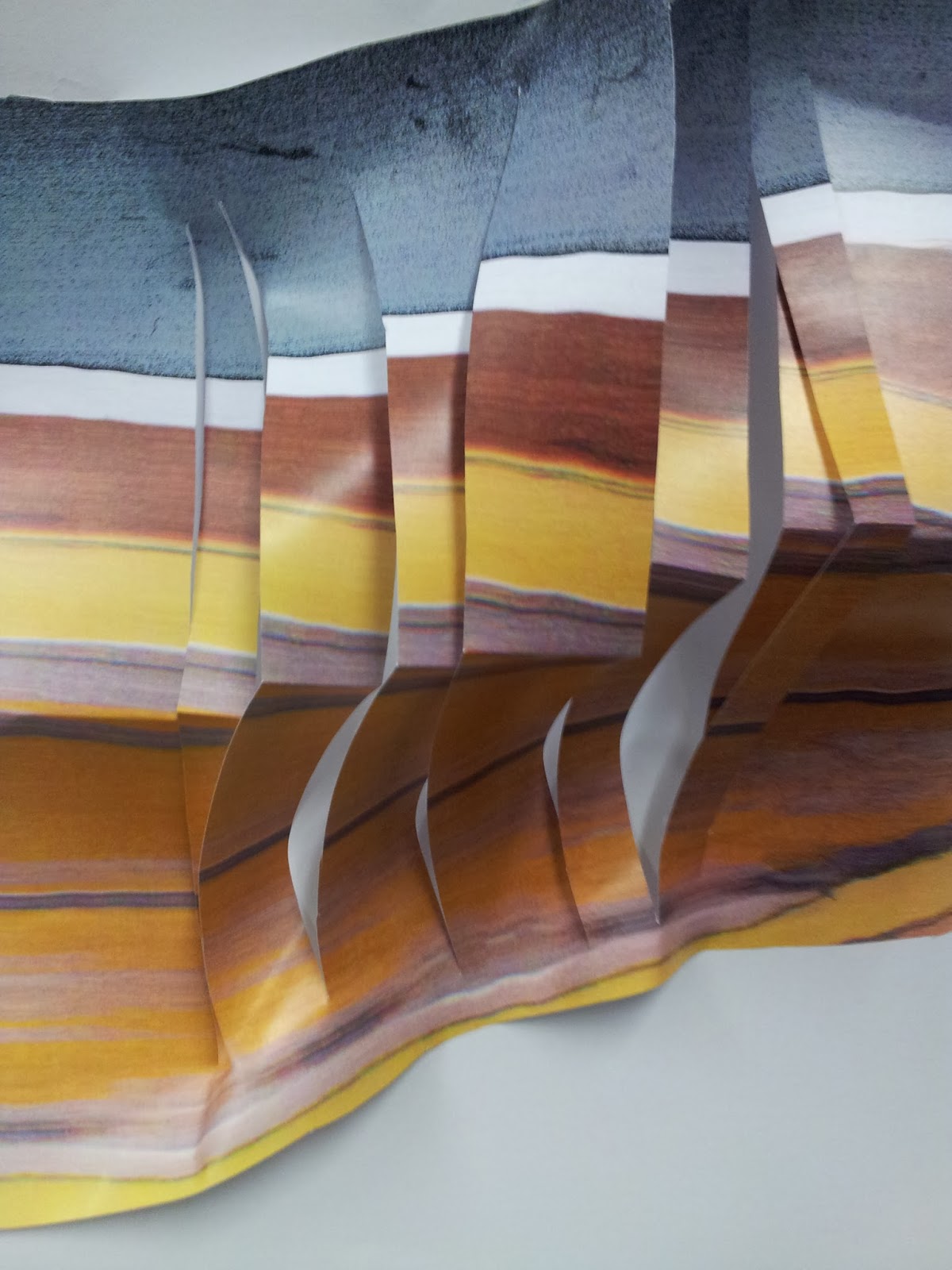Daksha Patel is an artist that works in unusual ways and is inspired by the human body - one of her pieces 'Fat Drawing' depicts a brain which has been drawn using fat in order to make the drawing translucent.
She arranged a collection in the centre of a table which incorporated lots of different objects. She wanted the group to find links between objects that interested us and draw them, with linking words alongside them.
I used mark making techniques to draw moss, a bird's wing, a ram's skull, a barnacle and a pinecone. The link I found between the items was that they are all natural objects. They all degrade over time and decay also.
From the workshop I learned that an archive collection can look random and thrown together, however if you look closely you can create links between the items in order to find deeper meaning.


















